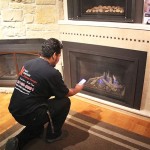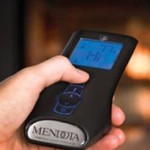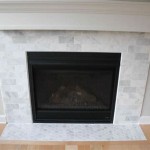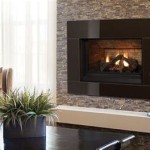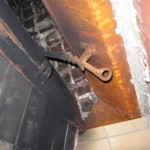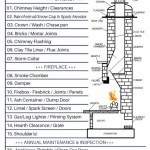Refacing a Fireplace: A DIY Guide for a Stunning Transformation
A fireplace is a focal point in any living room, offering warmth, ambiance, and a cozy aesthetic. However, over time, the original facing can become outdated, damaged, or simply no longer match your desired style. Refacing your fireplace is an excellent way to revitalize its appearance, adding value and charm to your home without undertaking a complete renovation. This DIY guide will walk you through the essential steps involved in refacing your fireplace, empowering you to create a stunning transformation.
1. Planning and Preparation: Laying the Foundation for Success
Before diving into the refacing process, thorough planning and preparation are crucial. Start by defining your desired aesthetic. Consider the style of your home, your personal preferences, and the overall design scheme. Research different materials, such as brick, stone, tile, or even wood, to find the perfect complement to your existing décor.
Next, assess the condition of your existing fireplace facing. Determine if any repairs, such as cracks or loose mortar, need to be addressed before proceeding. Measure the fireplace opening and the surrounding area to ensure you purchase enough materials. It's wise to overestimate slightly to allow for potential errors or cuts.
Once you've gathered all the necessary tools and materials, clear the area around the fireplace to create a safe and accessible workspace. Protect surrounding surfaces with drop cloths or plastic sheeting to prevent damage from dust and debris.
2. Removing the Existing Facing
The first step in refacing your fireplace involves removing the existing facing. This process may vary depending on the type of material used. For brick or stone, you may need to use a hammer and chisel to carefully remove the individual units. For tile, you can use a scraper or a utility knife to loosen the tiles, working from the edges inwards.
If the facing is made of drywall or other lightweight materials, you can typically remove it with a pry bar or a drywall saw. Remember to exercise caution during this step, as you may encounter nails or screws holding the facing in place. Once the facing is removed, inspect the underlying structure for any damage and make any necessary repairs before proceeding.
3. Installing the New Facing Material
With the old facing removed, you can begin installing the new material. Depending on your choice of material, the installation process will vary. For brick or stone, you will need to use mortar to secure the individual units to the fireplace structure. Ensure proper spacing between the units and allow the mortar to cure completely before applying any additional materials.
For tile, you will need to use thin-set mortar to adhere the tiles to the fireplace. Apply the mortar to the back of each tile and press it firmly in place. Use spacers to ensure uniform spacing between the tiles. After the mortar has cured, grout the joints between the tiles for a polished finish.
If using wood, you may need to use a construction adhesive and screws to secure the wood panels or planks to the fireplace structure. Ensure that the wood is properly sealed and finished to protect it from heat and moisture.
4. Finishing Touches and Detailing
Once the new facing is installed, you can add finishing touches and detailing to enhance the aesthetic appeal. Consider adding a mantel, trim, or decorative accents to personalize your fireplace. You can also paint or stain the new facing to match your desired color scheme.
It's essential to ensure that the fireplace is properly sealed and insulated to prevent heat loss and improve efficiency. You can use heat-resistant sealant around the fireplace opening and any cracks or gaps in the facing. Additionally, consider installing a fire screen to prevent embers from escaping.
5. Safety Considerations
Refacing a fireplace is a project that involves working with tools, materials, and potentially hazardous conditions. It is crucial to prioritize safety throughout the process. Always wear appropriate protective gear, including safety glasses, gloves, and a dust mask. Work in a well-ventilated area, and avoid using flammable materials near the fireplace.
Before using any power tools, familiarize yourself with their proper operation and safety protocols. It is also advisable to consult with a professional fireplace installer or contractor for guidance and to ensure that your project meets local building codes and safety regulations.

Our Transformed Fireplace Before After Reface Diy Update

15 Fabulous Fireplace Refacing Ideas Average But Inspired

Diy Fireplace Makeover Wood Slat

25 Beautiful Diy Brick Fireplace Makeovers

A Step By Guide To Fireplace Refacing Diy Family Handyman

How I Refaced My 1970 S Brick Fireplace Easily And Inexpensively

Diy Fireplace Makeover Under 150 Refacing Living Room

Diy Fireplace Makeover How To Resurface A

How To Update A Fireplace On Budget Home Matters Ahs

Fireplace Refacing So You Want To Bob Vila
Related Posts

